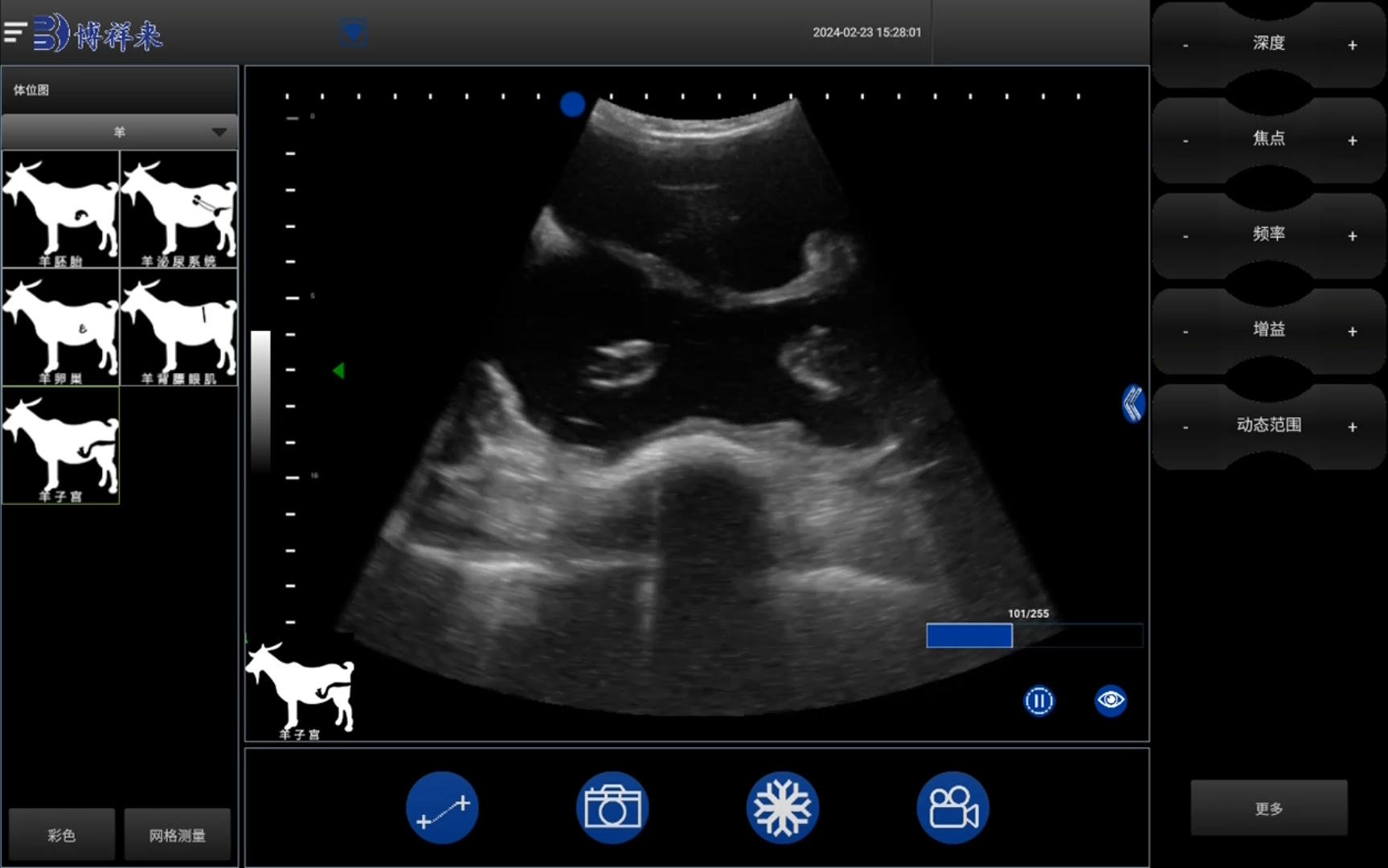In recent years, Veterinary ultrasound has emerged as a revolutionary diagnostic tool in the field of animal healthcare. This non-invasive imaging technique provides veterinarians with a powerful method for examining a pet’s internal structures, helping to identify a wide range of health issues quickly and accurately. In this article, we will explore the benefits, applications, and future potential of veterinary ultrasound as a crucial diagnostic tool for pets.

What is Veterinary Ultrasound?
Veterinary ultrasound is a diagnostic imaging technique that utilizes high-frequency sound waves to produce real-time images of internal organs and tissues in animals. Unlike traditional imaging methods, such as X-rays or CT scans, ultrasound allows veterinarians to visualize soft tissues in great detail, making it an invaluable tool for diagnosing various medical conditions.
How Veterinary Ultrasound Works
During a veterinary ultrasound examination, a veterinarian applies a special gel to the pet's skin to facilitate sound wave transmission. A handheld transducer emits sound waves into the body, which bounce off internal structures and return to the device. The ultrasound machine then converts these echoes into detailed images displayed on a monitor. The entire process is typically quick and painless, making it a safe option for pets.
Benefits of Veterinary Ultrasound
Non-Invasive and Safe: One of the standout features of veterinary ultrasound is that it is non-invasive. Most procedures do not require sedation, which minimizes stress for both pets and their owners.
Rapid Results: Ultrasound examinations provide immediate results, enabling veterinarians to make timely diagnoses. This quick turnaround can be crucial in emergency situations where every moment counts.
High Diagnostic Accuracy: The clarity and detail of ultrasound images allow for accurate assessments of internal organs, leading to better diagnosis of conditions such as tumors, cysts, and organ dysfunction.
Versatile Applications: Veterinary ultrasound can be used to examine a variety of conditions across multiple organ systems, including the abdomen, heart, and reproductive tract. This versatility makes it an essential tool for veterinarians.
Guided Procedures: Ultrasound can also assist in performing guided procedures, such as biopsies or fluid aspirations, ensuring greater precision and minimizing risk.
Applications of Veterinary Ultrasound
Abdominal Imaging: Veterinary ultrasound is commonly used to evaluate the liver, kidneys, spleen, and bladder, helping to diagnose issues such as liver disease, urinary tract infections, and gastrointestinal disorders.
Cardiac Assessments: Cardiac ultrasounds allow veterinarians to assess heart structure and function, making it an invaluable tool for diagnosing heart diseases and monitoring heart health.
Pregnancy Monitoring: For pregnant dogs and cats, ultrasound can confirm pregnancy and assess the health of the developing puppies or kittens, ensuring proper prenatal care.
Soft Tissue Evaluations: Ultrasound is effective in examining soft tissues, which is useful for diagnosing conditions like abscesses, tumors, and musculoskeletal issues.
Emergency Diagnostics: In emergencies, ultrasound can quickly identify critical conditions, such as internal bleeding or organ rupture, allowing for immediate intervention.
The Future of Veterinary Ultrasound
As technology continues to advance, the future of veterinary ultrasound looks promising. Innovations such as portable ultrasound machines, enhanced imaging capabilities, and integration with artificial intelligence are likely to improve diagnostic accuracy and efficiency even further. The increased accessibility of ultrasound technology will also enable more veterinary practices to incorporate it into their routine examinations, enhancing pet care across the board.
tags: Veterinary Ultrasound


